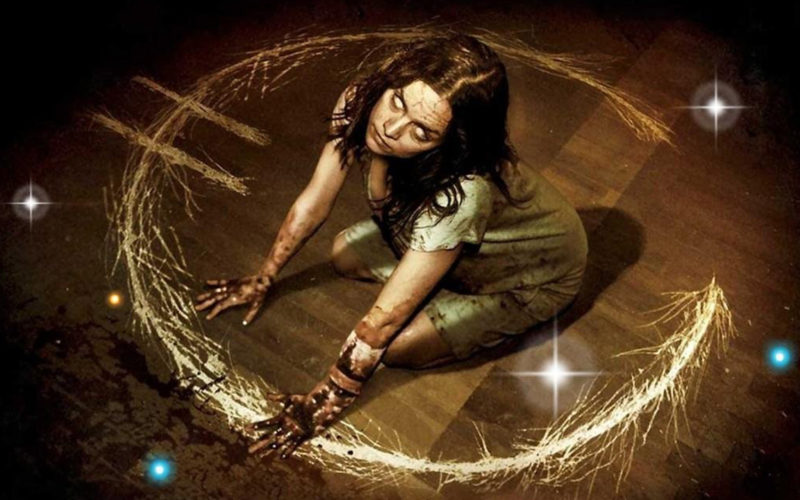Decrepit old hags flying on nasty looking brooms, or people in shining red robes playing quidditch, which image pops up in your head when you hear the word ‘witchcraft’? Because one thing is clear, there is no escaping this particular phenomenon. Though witchcraft has been feared or condemned in almost all the cultures of the world, it does have a dominant presence in every one of them. And in some African tribes, being a witch is a sign of great power. African “witch doctors” are especially famous and powerful among the tribals, considering they are thought to have healing powers.
The concept witchcraft has been in existence since ancient civilizations walked on earth, and this is how they viewed it…
1. Witchcraft was always viewed with a bit of an apprehension mixed with fear in all cultures
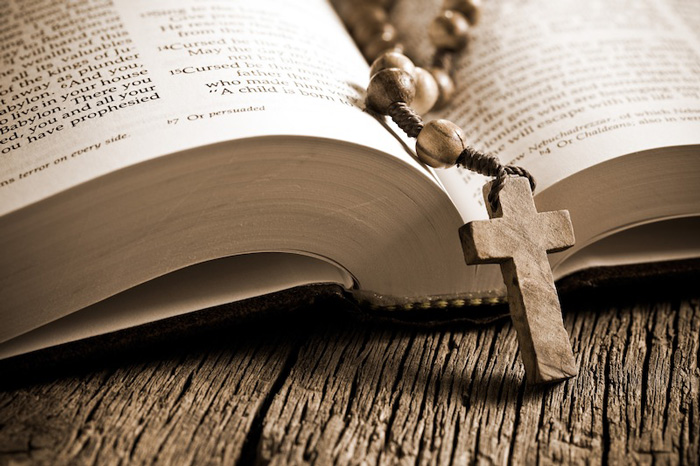
The Bible is especially harsh about witchcraft. According to Leviticus 20:27, “a man also or woman that hath a familiar spirit, or that is a wizard, shall surely be put to death: they shall stone them with stones: their blood shall be upon them.”
In Africa, the inyanga’s (the witch doctor) job was to heal the sick and the injured and provide customers with magical items for everyday use. Even in Japan, folklores about witches existed for ages, and according to these folklores, there were two types of witches – those who employ snakes as familiars, and those who employ foxes.
In Saudi Arabia, the death penalty for witchcraft is still in practice.
2. The Malleus Maleficarum was a medieval witch-hunting manual that was used by both Catholics and Protestants

The name of the book itself meant “hammer of the witches”. This book was written by two German monks, Heinrich Kramer and Jacob Sprenger in 1486. In fact, in the medieval era, the entire Europe was obsessed with witchcraft.

Witch-hunting was an ‘in thing’ in most superstition ridden countries like Germany, England, Scotland, France etc. And hundreds of people, mostly women, got executed after being accused of being a witch.
3. Saint Joan of Arc was burnt at the stake, accused of being a witch

Joan d’Arc was a common peasant girl, who, inspired by visions from Christian saints, literally led France to victory against England in the ‘hundred years of war’. The very tales of visions that inspired Joan were used against her after the war, and she was burnt after being shamed as a witch.
4. The Salem witch trials are the most famous witch trials in history

It was a series of futile hearings and prosecutions of people who were allegedly witches and wizards in Puritan America’s Massachusetts, between February 1692 and May 1693. As a result of the brutal torture to make them admit their links with witchcraft, about 50 ‘confessed’ to be witches, and more than 150 were put inside prisons, and 200 more were accused.
5. Potions and incantations
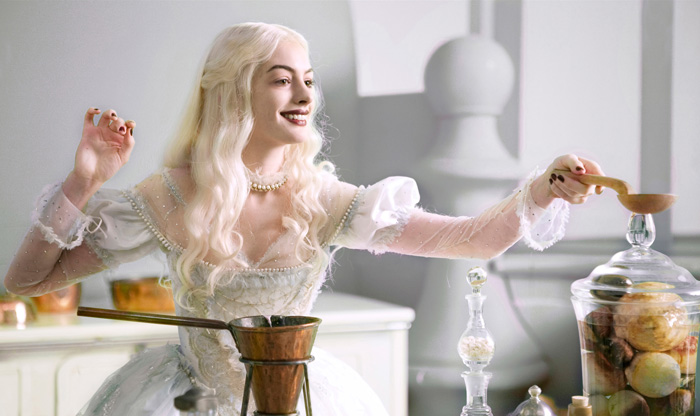
Often the ‘potions’ and ‘incantations’ that the said witches used were used either for medicinal purposes or purely for culinary purposes. Common ingredients that witches used, like toe of frog, wool of bat, tongue of dog, lizard’s leg etc were mostly names given to common herbs and ingredients used for potion making or cooking, so as to keep the recipe from being stolen and used by another. Though, needless to say, such names only added fuel to the fear of witches. Also, some of these ingredients, like belladonna, for instance, had hallucinogenic effects, causing people to imagine seeing witches fly.
6. Not all of witchcraft is related to dark magic or considered bad
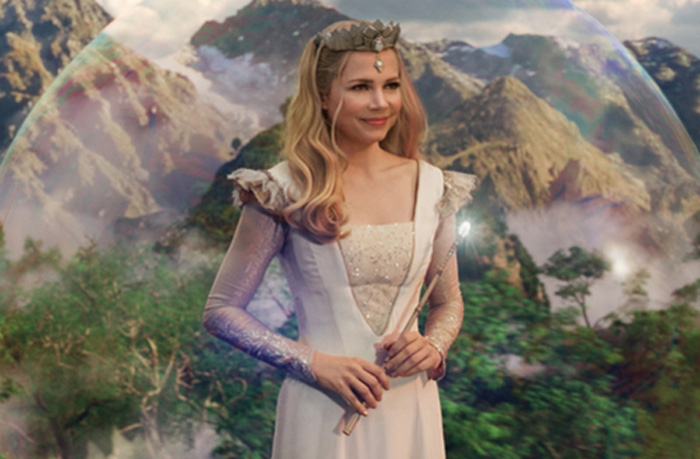
White witches, also known as good witches exist in the culture of witchcraft, who use ‘white magic’ for benevolent purposes. They are also known as ‘witch doctors’ or ‘cunning folk’, referring to the fact that they use their cleverness and wisdom rather than dark powers. Many of the practitioners of folk magic saw themselves as healers or seers, not witches. Best known example of this would be Glinda the good witch, from The Wonderful Wizard of Oz.
7. The Wicca movement
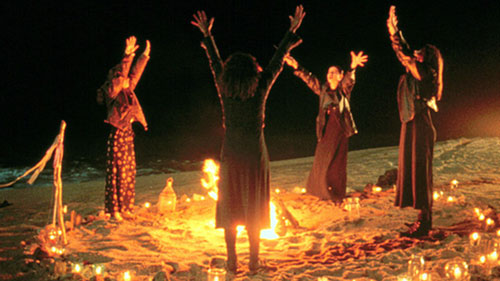
Wicca is modern day movement and religion based on witchcraft practiced with ethical principles. It developed in the 1st half of 20th century in England. Gerald Gardner, a retired British civil servant was one of the pioneers of this movement who introduced this to the public. This movement is founded upon both ancient pagan rituals and traditions and 20th C ‘hermetic’ motifs of the Golden Dawn organization. Even the term ‘Wicca’ comes from the same origin as the word ‘witch’.
8. The common Indian term for ‘witch’ is ‘Daayan’ or ‘Daayani’, which derives from the Sanskrit word ‘Dakini’, meaning woman with supernatural powers

Belief and fear about the existence and power of the witches have existed in India for a long time, especially in the regions of West Bengal, Assam, Bihar, and Jharkhand. A secret cult of Daayans emerged in the Maharashtrian village of Harangul, where beliefs are still strong. It is generally believed that women who were ill-treated by family members or died unnaturally, return as witches and hunt down and kill their family members, starting from the younger ones.
Alone in the states of Assam and West Bengal about 750 people were killed as witches between 2003 and 2008, most of whom were women. For obvious reasons, usually old or widowed women become the victims of these witch hunts.
9. The Assamese village of Mayong is considered as the land of black magic
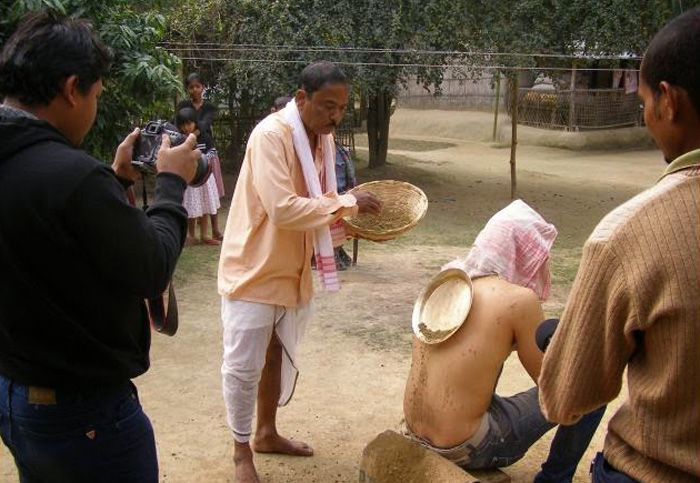
According to local history, ‘human sacrifice’ was an important part of the tantric traditions of this place, which went on till early modern period. Even now plenty of people practice ‘tantra’ which is just the Indian version of witchcraft. These practitioners mostly act as healers, who treat anything from snake bite to body pain with their powers. You may check out this video to see some mind-boggling practices of this place.
10. Witches and witchcraft have been a favourite topic of literature since early days

We find the mention of Merlin the wizard in the Arthurian legends. He was both a part of king Arthur’s round table and his mentor. Shakespeare’s play Macbeth sheds the most prominent spotlight on the way witches were viewed in the medieval era. And the fame of the Harry Potter franchise speaks volumes about the interest people still have on this subject.
“There are more things in Heaven and Earth, Horatio, than are dreamt of in your philosophy.” – William Shakespeare




